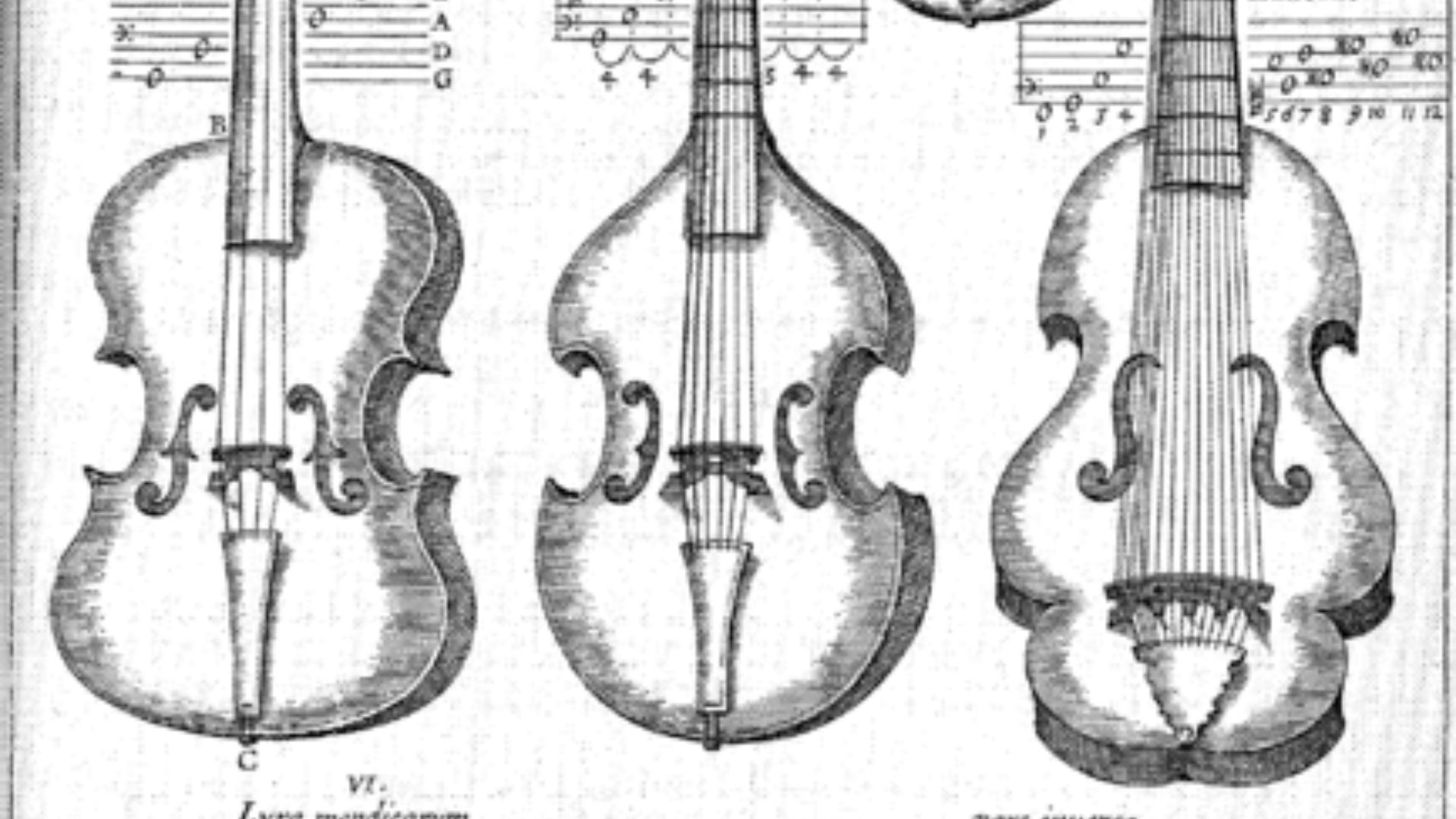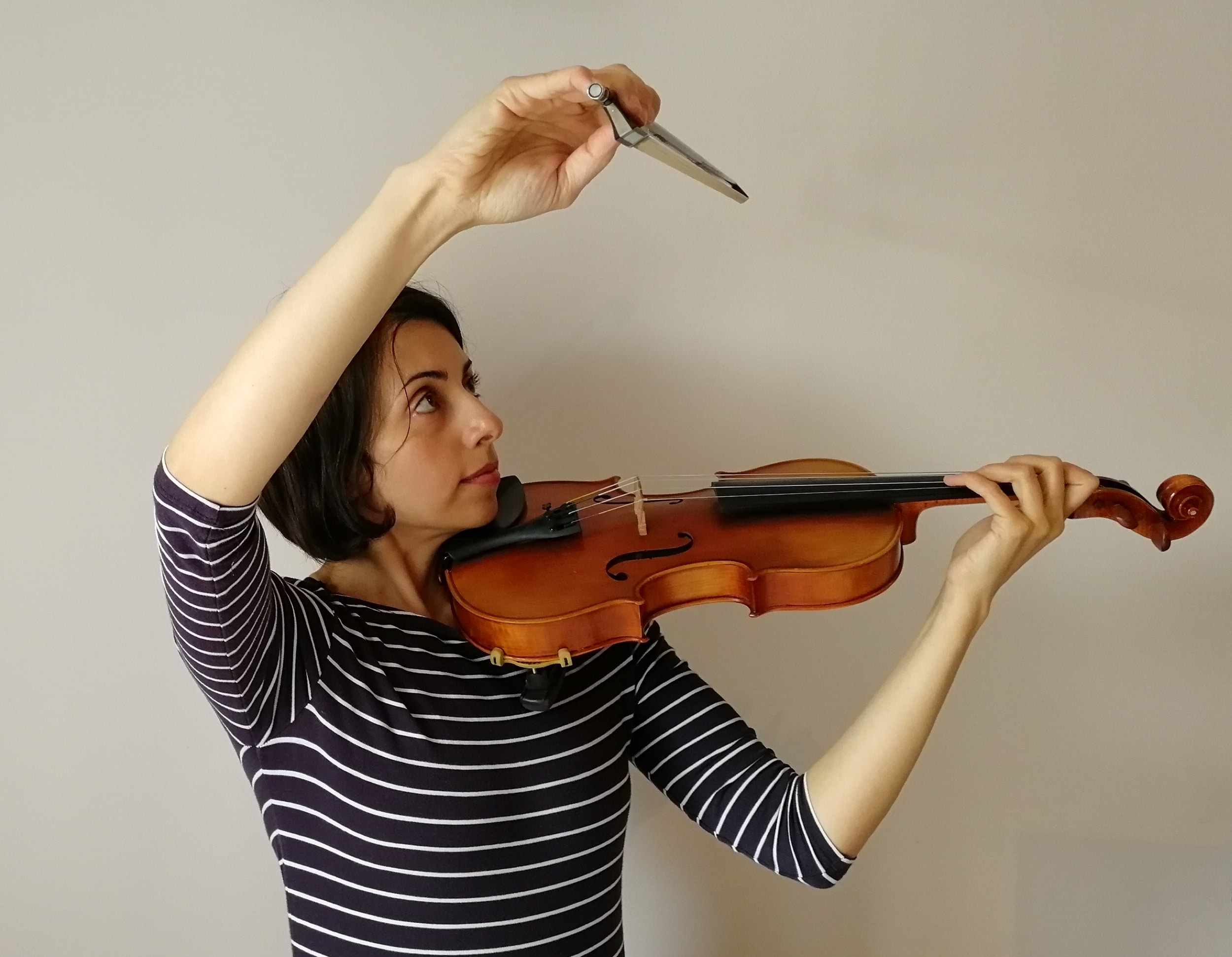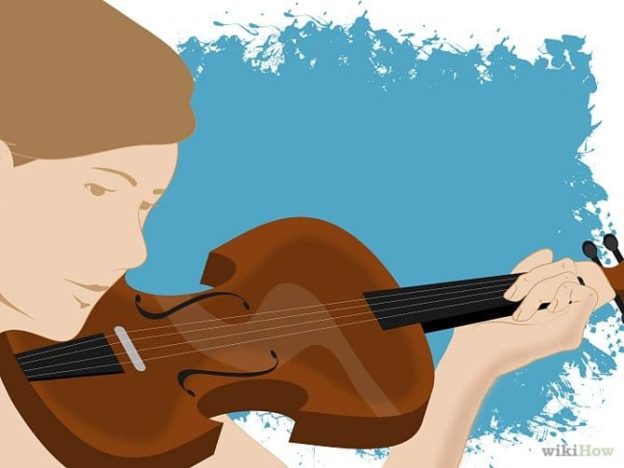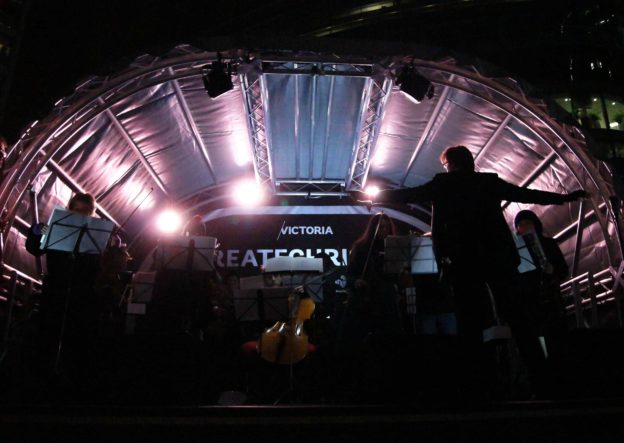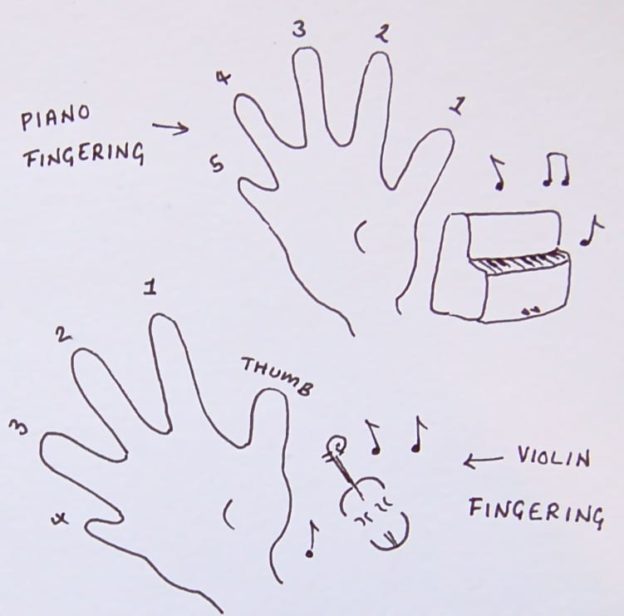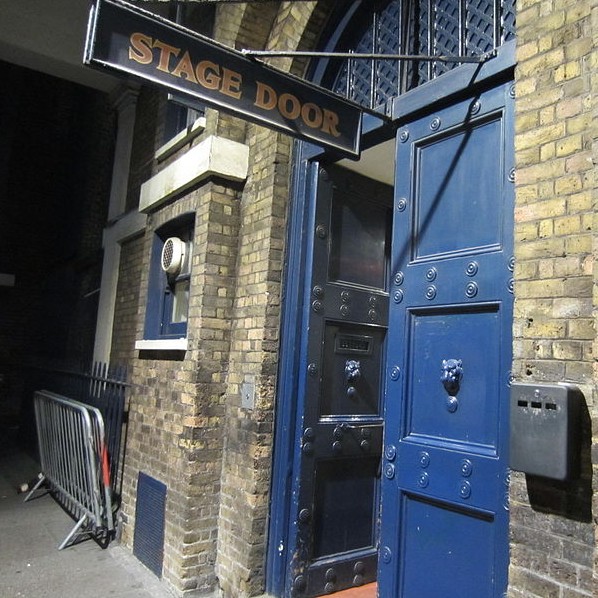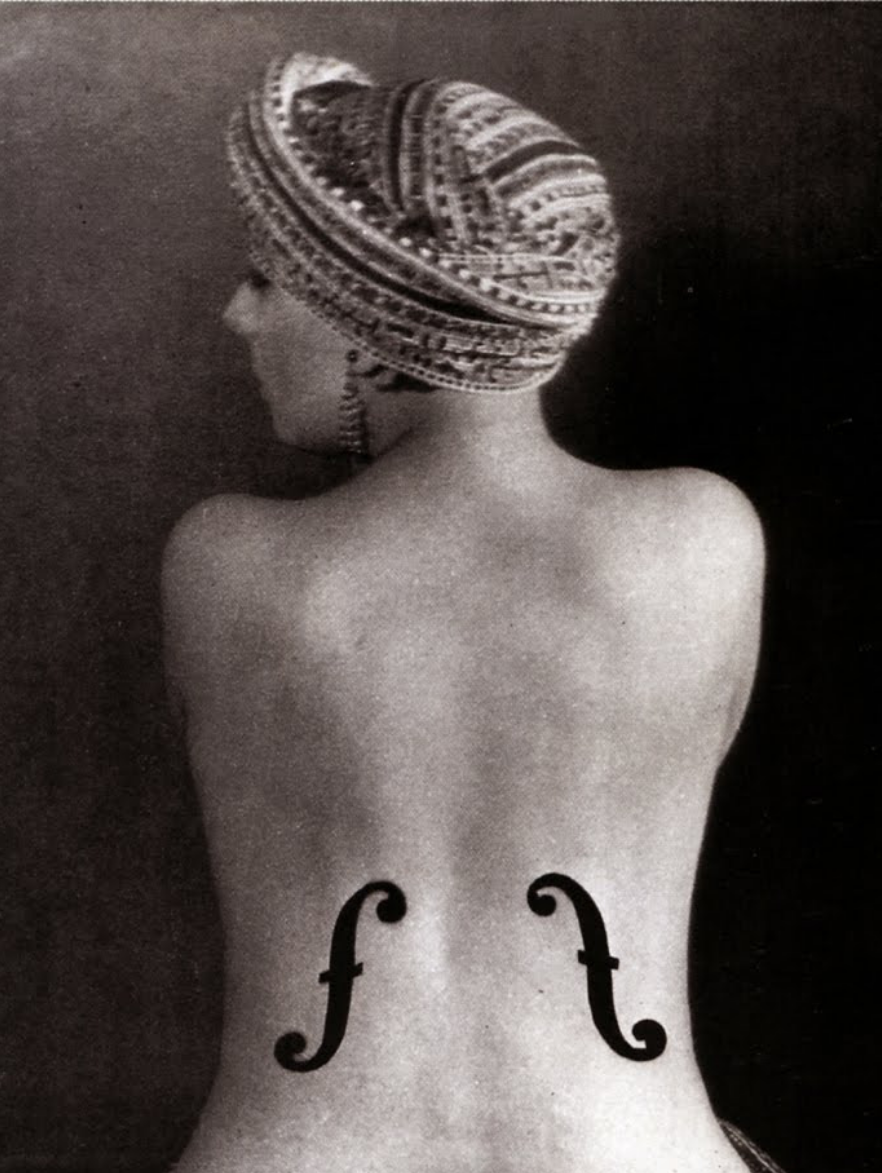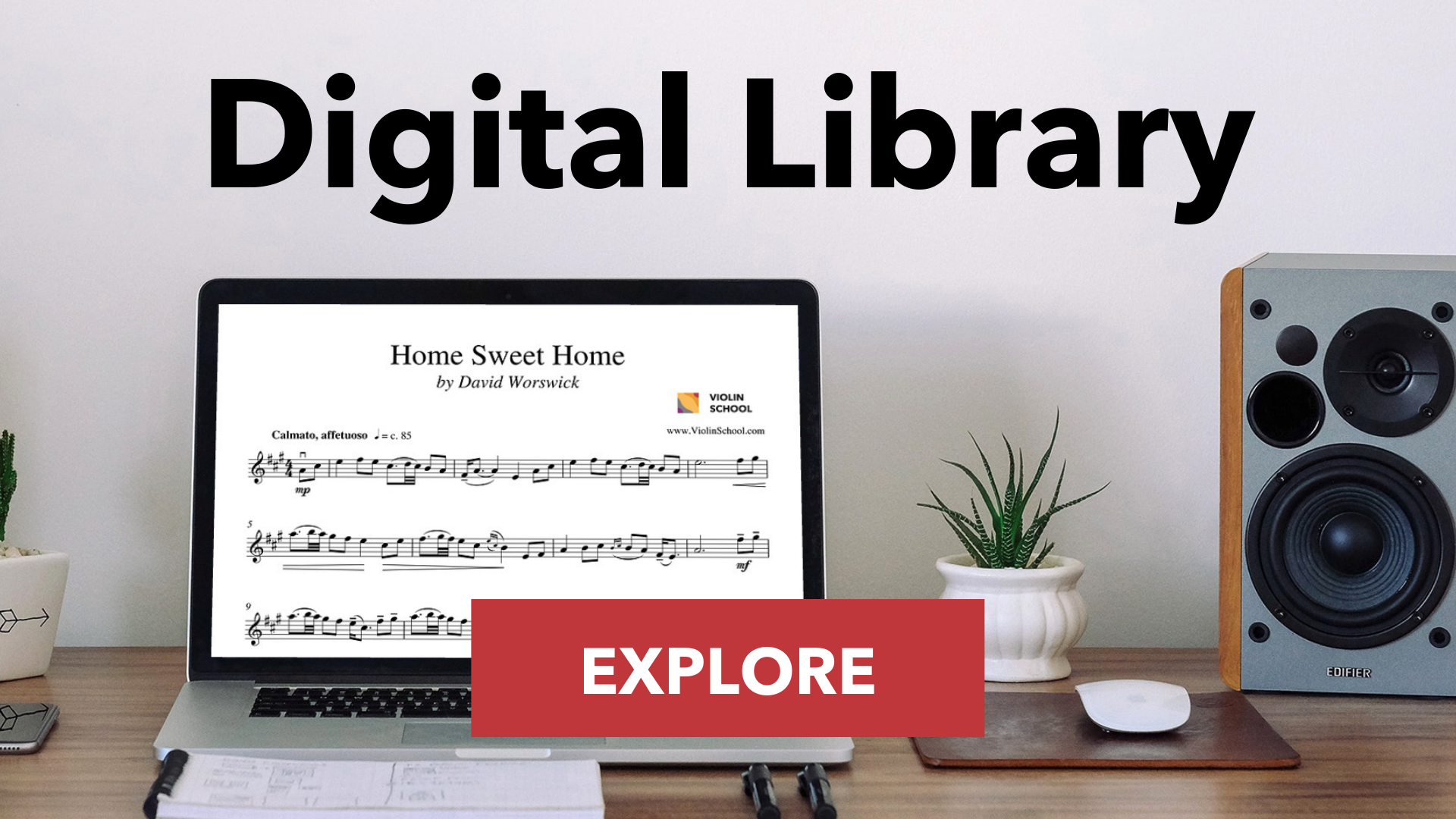The most up-to-date version of this article can be found here - please click here! Bowed string instruments have been played all over the world for many thousands of years. Medieval instruments including the Chinese erhu, the Finnish bowed lyre and the Indian sarangi all had the same basic mechanics as the modern violin, using […]

